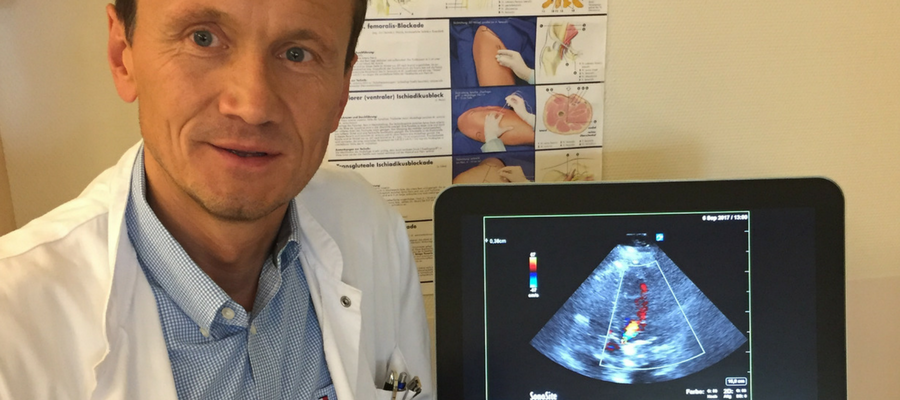Ultrasound for Neonate & Paediatric Care
Ultrasound imaging has become imperative in neonatal & paediatric intensive care unit (NICU& PICU) for the evaluation and delivery of care.
The introduction of a high-quality, reasonably priced, portable ultrasound unit has now made it possible for neonatologists & paediatricians to rapidly obtain diagnostic information that can be extremely helpful in the evaluation of a critically ill neonate or child.

















